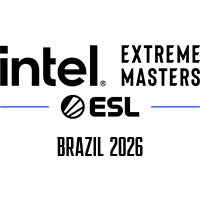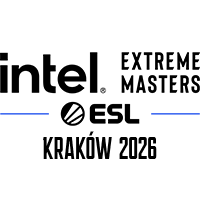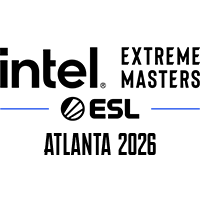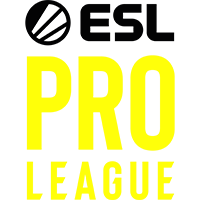There’s no argument to be had regarding how impressive 100 Thieves were at First Strike, where they handed defeats to the consensus number one and number two ranked North American teams in Sentinels and Team SoloMid, respectively, in the semi and grand finals. The honor of being the first official North American champions is theirs, but does the title of “NA’s best” come with that?
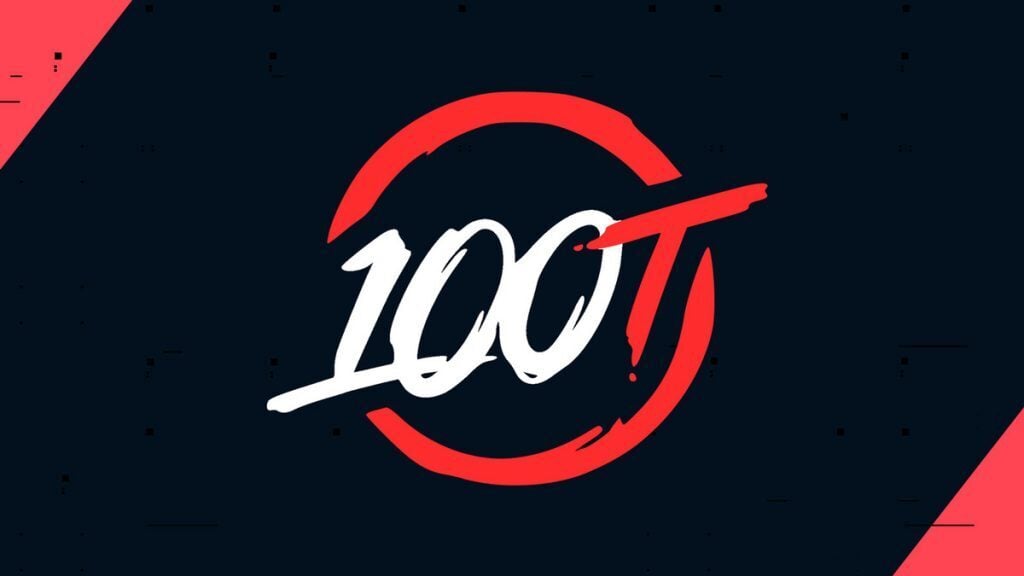
100 Thieves’ Excellent Case
During the main event, no one could stop Asuna on the early peeks, as he carved out 46 first blood kills; 20 more than the second-highest in TSM’s WARDELL. He was also tied for most first blood kills per number of rounds played, with T1’s Skadoodle, and he finished second in total average combat score, behind FaZe Corey. But he didn’t show up alone.
Hiko had, according to VLR.gg, 10 clutches across the main event. That’s out of 64 total, and at first glance that percentage may not seem that good, but consider that at best, your odds in a clutch are only 50% if it’s a 1v1. In 1v2, 1v3, 1v4, or even 1v5 situations, those odds get worse and worse. Winning a clutch round is like hitting a homerun in baseball; it’s not a bad thing if they miss, but if they get it then it’s massive for the team, and if someone has a percentage over 50% it’s probably because they don’t have that many opportunities. And even given all of that, Hiko’s percentage is still 12th overall, while his teammates dicey and nitr0 finished 11th and 1st respectively.
While steel doesn’t have any statistics that pop like his teammate’s, his playstyle selflessly puts his teammates into positions to succeed. His utility-heavy play on Cypher and Killjoy allows him to hold sites single-handedly on defense rounds, letting his team stack elsewhere, putting them in prime position to get opening kills and trades.
With players that are reliable at the start of and the end of rounds, and that can be trusted to be smart with utility across a well-rounded map pool, there’s no question that 100 Thieves are in a prime spot to be considered North America’s number one team. 100T’s roster reset can already be considered a success. But this team of primarily CS:GO veterans should know that success in a single-elimination tournament series can only earn you so much props. In this game, you gotta make it a double.
Why Double-Elimination Matters
Having a bad series in a tournament doesn’t make you a bad team, but unfortunately it does mean that teams that have a bad day in a single-elimination tournament don’t get a second chance to prove that they’re actually good. The First Strike main event was littered with teams that had off days.
In his post-game interview following their win over Envy in the semifinals, TSM’s James “hazed” Cobb said that he didn’t recognize the team that they had just beaten, alleging that they had caught Envy on an off day. Envy themselves acknowledged this in their interview with Hotspawn. Hazed said the same in an interview with us about his own team following the loss to 100 Thieves in the grand finals, citing their own issues with pistol rounds and communication as the primary reasons for the loss.
TSM and hazed are not unique in this style of thinking. T1’s Sam “dazed” Marine outlined a massive list of things that his team failed to do right after they lost to 100 Thieves. Immortals attributed their loss to a lack of confidence. FaZe’s Andrej “BABYBAY” Francisty put some of their loss on his inability to get hot with Jett on map one.
Regardless of whether or not they are right, whether what they said were legitimate reasons or convenient excuses, the double-elimination bracket helps reduce the risk of a good team’s bad day meaning the end of their tournament run. In North America’s case, it also meant that the highly anticipated meeting between TSM and Sentinels that didn’t occur, could have occurred in the lower bracket finals, with a chance at revenge against 100T and an opportunity to reclaim the NA throne on the line.
For some strange reason, both the UMG tournament and NSG tournament used as qualifiers for the First Strike main event used a double-elimination group style to determine its playoffs, which seems like a flawed system. Cloud9, Complexity, and TSM finished first in their respective groups, but gained no advantage or reward from it, and were bounced in one quarterfinal series, thus failing to qualify. At the UMG event the same thing happened to Luminosity and Gen.G, and with the exception of TSM, all of those teams failed to make it to First Strike altogether.
The pros are open to the double-elimination style as well. BABYBAY wished for a loser’s bracket in his interview with us, and liked the idea of his team getting “more reps” in before next year’s Tours.
Envy’s crashies also spoke candidly to Hotspawn about the need for a double-elimination bracket: “What is this single-elimination trash? Listen, you play a full month of open qualifiers just to play a single-elimination [bracket] at the biggest Riot event? It’s just dumb to me.”
When Riot announced the 2021 VALORANT Champions Tour, they revealed that the Champions event will be a 16-team tournament that lasts for two weeks. Ideally, they use a group stage to reduce the teams from 16 to 8, and then make the 8 teams run the double-elimination gauntlet, so that the first world champion crowned is a true and unquestionable one.
Hopefully, the double-elimination style will be implemented more on the regional level on the road to Champions, and 100 Thieves can make their rise to the top of North America undisputed.

